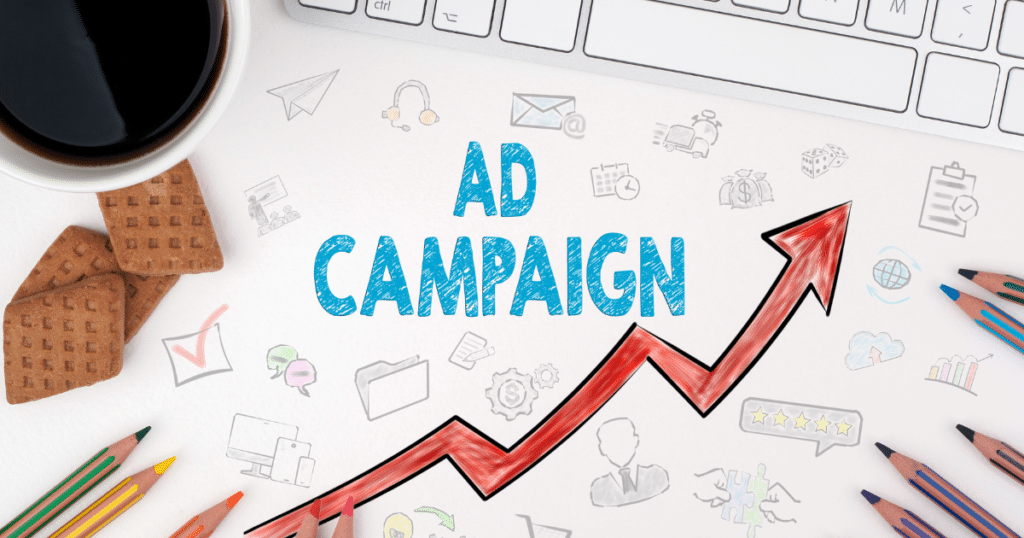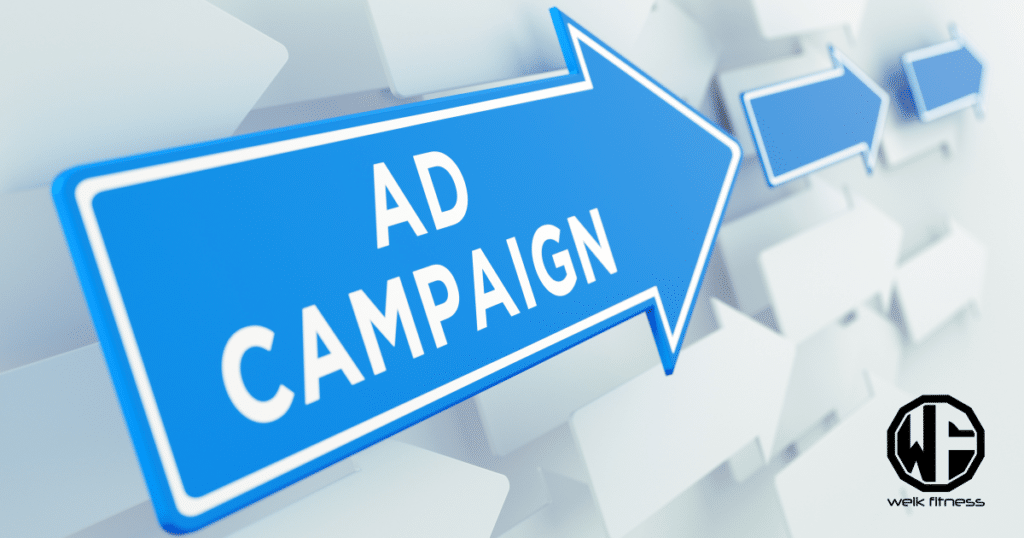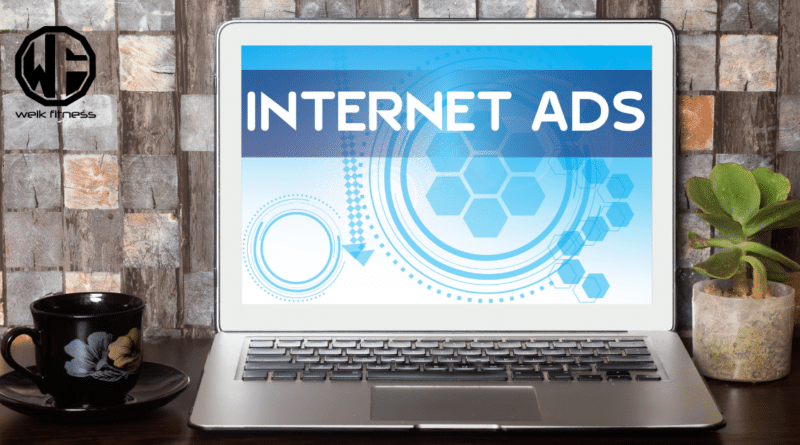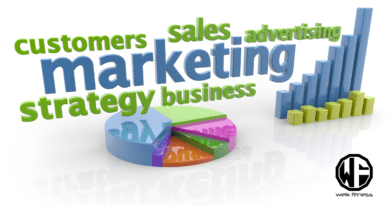4 Key Programmatic DSP Ads You Should Consider Using
Want to thrive in the online advertising space? Now you can! Take advantage of programmatic advertising through the use of very specific DSP ads.
In response to the changing marketplace dynamics, advertisers are looking for a more effective and accessible way to reach customers in the digital space. Since the digital space is more crowded than ever, implementing DSP ads can help you get your business in front of your target demographic to help build your business and convert more sales.
Different DSP targeting types, can also help you re-target and re-engage with not only potential customers, but also existing.
That all being said, the buying and selling of ad space have revolutionized over the years. DSPs (demand side platforms) have replaced the traditional way of inserting and publishing ads manually. The DSPs provide advanced solutions to reach the customers and create a lasting impact.
And the best part?
You can craft DSP ads in various formats according to your specific requirements. Let’s look at four fundamental and very different types of DSP ads available at your disposal.
Table of contents

4 Key Programmatic DSP Ads You Should Start Using
Do you want better results and sales? Try the four key programmatic DSP ads below as part of your marketing strategy.
1. Display Ads
Display ads are one of the best and oldest formats of digital programmatic advertising that advertisers use to reach out to their target audience on third-party websites.
You generally find visual ads in the header, footer, or sidebar of any given website.
Related Article: 5 DSP Marketing Strategies to Help Grow Your Business
These DSP ads can be easily created, plus the advertisers are getting more creative in targeting the right audience at the right time.
2. Video Ads
Video ads are another critical strategy for advertisers when looking to use digital programmatic advertising. There are three types of programmatic video ads to consider when looking to implement video ads as part of your plan – in-stream, in-display, and out-stream.

In-stream are the ads that run just before a YouTube video starts. They can also play in between the videos or even at the end.
In-display are the ads that appear in the search results of the videos or YouTube feed. These videos don’t autoplay. It’s up to you if you want to watch them or not.
Out-stream videos are the ads that appear in between the online articles that you read.
3. Digital Native Ads
An audience looks at native ads 53% more than that of display ads.
Native ads help in connecting with the audience in an innovative way. Unlike other DSP ads, native ads don’t look like ads but rather normal content.

Therefore, the audience feels like they are consuming regular content. These ads appear on social media feeds, websites, etc.
4. Audio Ads
Just like the other DSP ads mentioned, audio ads have great potential. These DSP ads appear in the voice format, in-between the audio content like podcasts, digital radio, etc.
Since more people are now using audio platforms, these audio ads are turning out to be highly effective.
It’s Time to Leverage DSP Ads
Digital programmatic advertising is growing rapidly. If you are still not taking advantage of it, you are missing out on one of the biggest opportunities to increase your online presence and grow your business.


*Disclosure: This article may contain affiliate links or ads, which means we earn a small commission at no extra cost to you if you make a purchase through these links. These commissions help support the operation and maintenance of our website, allowing us to continue producing free valuable content. Your support is genuinely appreciated, whether you choose to use our links or not. Thank you for being a part of our community and enjoying our content.
PLEASE CONSIDER SHARING THIS ON YOUR SOCIAL MEDIA TO HELP OTHERS LEARN MORE ABOUT THIS TOPIC.





